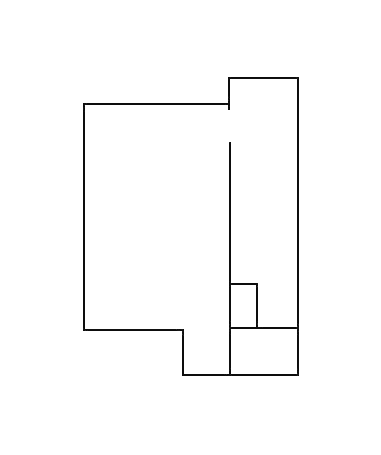A discussion between Cable Griffith and Josh Poehlein regarding his recent Vignettes Marquee
Cable Griffith + Josh Poehlein on ‘The Three Freedoms’
Note: Best viewed using headphones or external speakers.
Cable Griffith: Let’s try to end at the beginning and see what happens. So let’s begin in the future. You just completed your video project The Three Freedoms. What’s coming up for you this spring and summer?
Josh Poehlein: Haha oh man, the future is… uncertain? I run a small exhibition space out of my garage in Greenwood called SAD Gallery, and it’s finally getting warm/dry enough to start thinking about upcoming shows. I have a date set for the next exhibition, but it’s not totally official yet. I also really want to do something for/with Forrest Perrine’s “Outer Space” series where artists exhibit in non-traditional/non-art spaces. We are looking at spaces and possibilities at the moment, but again nothing is nailed down.
In terms of moving forward from this piece I feel like I’m pulling threads in a way; like trying to use the end of one piece as the beginning of another. I come from a really project/series based background, and I’m trying to both honor and move beyond that. I have some ideas that involve the moving image which are directly related to this piece, and I am also exploring still-life photography that I think shares similar concerns with The Three Freedoms regarding illusion/immersion/fiction. I exhibited some early attempts at this sort of thing at SOIL Gallery in November and want to move forward in that regard.
CG: So how did SAD Gallery come about? What are your goals for the space, and how do you decide on what artwork and artists to exhibit there?
JP: SAD Gallery was something I had in mind before even moving to Seattle, in fact I think I bought the domain for it while I was still living in Chicago for grad school. People kept telling my girlfriend (now fiancée!) and I that we were going to get Seasonal Affective Disorder, so that’s sort of where the name came from. It was wishful thinking for a while until we ended up renting a place with a garage and I was able to build out the space. The space acts as a literal garage, my studio, and it transforms into the gallery a couple times a year.
My goals for the space have always revolved around connection, which means connecting with new PCNW-based artists and re-connecting with artists and friends from the past. So far there have been three shows, and each one has been a 2-person exhibition which pairs work from someone I know pretty well with work from someone that I have met out here. The plan is to continue in this mode for the foreseeable future, trying to find more interesting combinations of work while forging new relationships and connections in the area.
CG: How do you see the gallery space as an extension of your own practice?
JP: To be honest with you I actually didn’t see it that way at first. My initial thought was that it would be a good way to meet people in a city I am new to; a way to get involved in the arts community without being enrolled in school or working in a museum or gallery. Recently though I have been thinking about how my work has been influenced by the space. The process has made me look deeply at work I thought I knew well, and to approach art I am unfamiliar with in a different light. I feel like all the shows have taught me a lot about installation and reception of work, and that bleeds over into decisions I am making about my own practice.
CG: In your own artwork, what attracts you to working in terms of a project or series?
JP: I’ve been struggling with this a bit recently, trying to define what I do and what I am attracted to and why. I think there are threads that run throughout my work, but distilling them into something concise has been a struggle. I know I have always had an attraction to fiction, science-fiction specifically, but also just the ability of a work to transport you somewhere impossible, maybe “magical” if that’s not too cheesy of a term. Previously I have done projects that, in a sense, sought to create these fictional worlds; looking into the past, documents from an imaginary disaster, a first-contact story, etc. With The Three Freedoms there is that thread, there is a possibility of falling into the piece, but it’s also analytical in a way, trying to work out what the impossible looks like, how do we depict it?
CG: Is there something in particular about working in a series that feels limiting? Why do you feel compelled to work beyond that?
JP: First of all, I think there is value in working in a series, in developing a long-term body of work, and I am interested in continuing to do that sort of work in the future. That being said, a lot of times when you are working on something like that, your little sketch ideas get put to the side. Like I have this idea, probably ingrained from 7 years of photo-school, that you have to have 20+ finished pieces, all framed the same way and displayed in a group, and that is what a body of work is. But then where does this video piece go in that? And do I now have to make more video pieces to go with this one? I mean obviously the answer is “no”, haha, I’m not doing this for a client, and I make zero money on all of this, but I do struggle with these questions!
CG: I’ve experienced the video piece both as a stand-alone video online (with headphones), and as a public installation, via Vignettes. When creating it, did you have an ideal location or format for experiencing it?
JP: That’s an interesting question, sort of wondering if there is an “ideal” version of the piece, or if it can inhabit multiple spaces/iterations. I had the idea for the video for a while, and when Serrah approached me about working with Vignettes, I used that as a reason to bring it to fruition. We got in touch with Common Area Maintenance and they were down to host the opening/viewing. So there isn’t necessarily a perfect place for it, although it’s kind of funny you ask because I almost don’t even want to call it “finished”.
I know for a fact that there a lot of examples of the type of footage that I was looking for that are still out there, but there were time and monetary restraints that meant stopping at the point the piece is at now. Ideally I would pull from the film-prints of the films I am appropriating from and the master files of the tv shows, and have access to like all of Scarecrow’s database, and a team of people scouring through obscure made for tv-movies and foreign sci-fi films, and just have something that is ridiculously long, almost unwatchable all the way through, haha.
CG: It’s exciting to know of a growing number of independent, artist-created spaces around Seattle. For artists, this would seem to offer more chances to work with and to respond to interesting and new kinds of locations. Also, it’s nice to think that artists and artwork can connect maybe more directly to communities in different ways. Do you have any dream locations to work in or respond to?
JP: Yeah, I have been interested in DIY spaces for a while. Some of the best shows I saw while living in Chicago were in spaces that were not initially intended for art display. I’m pretty sure I have been to all of the less-official spaces in Seattle, and it’s exciting to see new ones pop-up as well. I would like to have shows a bit more consistently at SAD but weather plays a role, and I also use the space as my studio.
I really like the Glassbox space, and I have seen a couple shows at Two-Shelves that I thought were really cool (Max Kraushaar in particular), but I’m not sure if they are still having events there. I have some specific architectural elements I want to work with; a freestanding wall in a space, a lit and unlit room in the same space/building. Essentially anywhere with some subdivided spaces or a space that can be built out that way is something I’m interested in working with.
CG: I like to think of how an artwork has the potential to both transport you someplace else and keep you very much in the present at the same time. In terms of science-fiction, would you parallel art’s transportive power with a portal?
JP: Whoo, haha, this is a complicated one. I have been increasingly interested in exactly what you’re talking about here! I come from a photographic background, so the metaphor of art as window or portal is really strong in my mind.
Recently, I have been asking myself whether something can be an image and an object at the same time. To return to the photograph, do you have to mentally pull yourself out of the ‘image’ to consider the piece as an ‘object’ (the print surface, the mounting technique, the size, etc.), or can you hold both in your mind simultaneously? And furthermore, is there a difference when something is abstract vs. recognizable or figurative?
CG: That flux between the image and object is really interesting to me as well. I love thinking about how an object can ride the line between shouting its physical attributes while simultaneously vanishing all together, as a window.
JP: With The Three Freedoms, the predominant motion of the piece is pulling you inward. In the original film/shows the effects are meant to depict, quite-literally, portals, but since these things are inaccessible/unknowable to us, they are depicted using abstraction and usually a kind of one-point perspective. I was interested in what happens when those effects are pulled out of their narratives. When they are totally abstract, are they still immersive and transportive?
CG: I like how the piece transports me to a place of constant transportation. Sort of like being stuck in a wormhole. I get the sense that we’re being taken somewhere, but never know where the tunnel leads. But the journey is remarkable. I mean, what if you went through a crazy worm-hole through time and space, only to end up in your kitchen 10 minutes ago? Kind of anticlimactic.
Some might characterize science-fiction as escapism. Do you view it that way?
JP: Ummm, my short answer to this is ‘yes,’ but the genre is a large one, and to a certain degree all fiction is escapist. I am a legitimate fan of a wide range of science-fiction, from blockbuster hollywood films to lesser-known “hard” science-fiction stories and novels. I use the genre both to escape, and to engage on an intellectual level. The best stuff is all about the problems we encounter today anyway; identity, politics, how to build a sustainable future, how to understand those that are different from us, how to consider humanity from a different perspective, etc.
I think written science-fiction probably gets a bad rap because a lot of times the characters are pretty one-dimensional. In my mind, the world is the character, or the premise is the character, and the story is there more to show us around or give us a tour of the possibilities of this place. That’s not to say you can’t have complex characters and a complex world, but sometimes you have to read about a lone-wolf getting the girl and beating the bad guys to get a glimpse of something more interesting underneath.
I like the idea of taking an incredible journey just to end up back where you were. There is the cliché of “it’s not about the destination man”, but that actually holds true with this piece because there is none!
CG: I guess you could say that any artwork, song, or film, is something to get lost in for a while. I think we’re all after that to some degree. I mean, it’s exciting when something stops you in your tracks and completely captivates your attention from where it was a moment before. But if artwork has that power to ground you in a transportive state, then maybe it doesn’t seem so escapist?
JP: Hmm, yeah that’s an interesting point. I think it might have to do with intentionality or maybe criticality? I remember I saw Avatar in the theater when it first came out. It was the first 3-d movie I had ever seen, and I made a decision before I even went in to just fully let go. I knew from the previews that it was likely to be a “bad” movie, but I decided to treat it more like a roller-coaster than a “film.” It was totally escapist, I was consciously trying to keep critical thought at bay and just fall in. At the time, it totally worked. I really enjoyed the pure experience of escaping into this world, but I don’t even remember the film that well. I couldn’t discuss plot points, or dialogue, or any issues regarding its merits as a piece of art.
The thing I do remember though is that whole experience, how I really felt like I left this world for a bit. When I came out into the parking lot everything seemed a little dull, like I was disappointed that I was no longer flying around on another planet, fighting for true love and freedom. I was poking around online afterward and it turns out a lot of people felt that way. There were even “Post-Avatar Depression” groups popping up. I may have even talked to you about this at the opening? Haha, maybe not, I guess this was an important experience for me because it always comes up.
CG: You mentioned having 7 years of photo school under your belt. Do you remember what initially attracted you to the camera?
JP: Specifically I’m not sure what the initial attraction was. I was and always had been drawn to art classes and creativity, but I was also not super talented in terms of drawing, so maybe that was the attraction. The fact that I didn’t actually have to render something by hand to get it on paper was nice. I know I got my first “real” camera because my mom bought a Nikon SLR and she kept dropping it, and finally got frustrated and I inherited it. I think that camera is still around somewhere.
CG: How has your relationship to it changed since then?
JP: I think one of the main things is I rarely just go out and “shoot” like I used to. I actually miss that and want to start doing it again, but maybe just for the fun of it and to keep my eyes sharp. Over time it has become more and more about realizing a specific vision, be it in the studio, or out in the world. The photographic process for me has less chance than it used to. There is still discovery and little changes, but it’s rare that I make an image that I wasn’t already planning on making in some way.
The other thing that has changed is that I am now interested in making photographs, and work in general that is about the medium itself as much as it is about what it depicts. I want images that are about images, but also about something more than that. Still thinking about this one at the moment…
Exported: Eirik Johnson at Donkey Mill Art Center, Hawaii
Text and Photos by Eirik Johnson
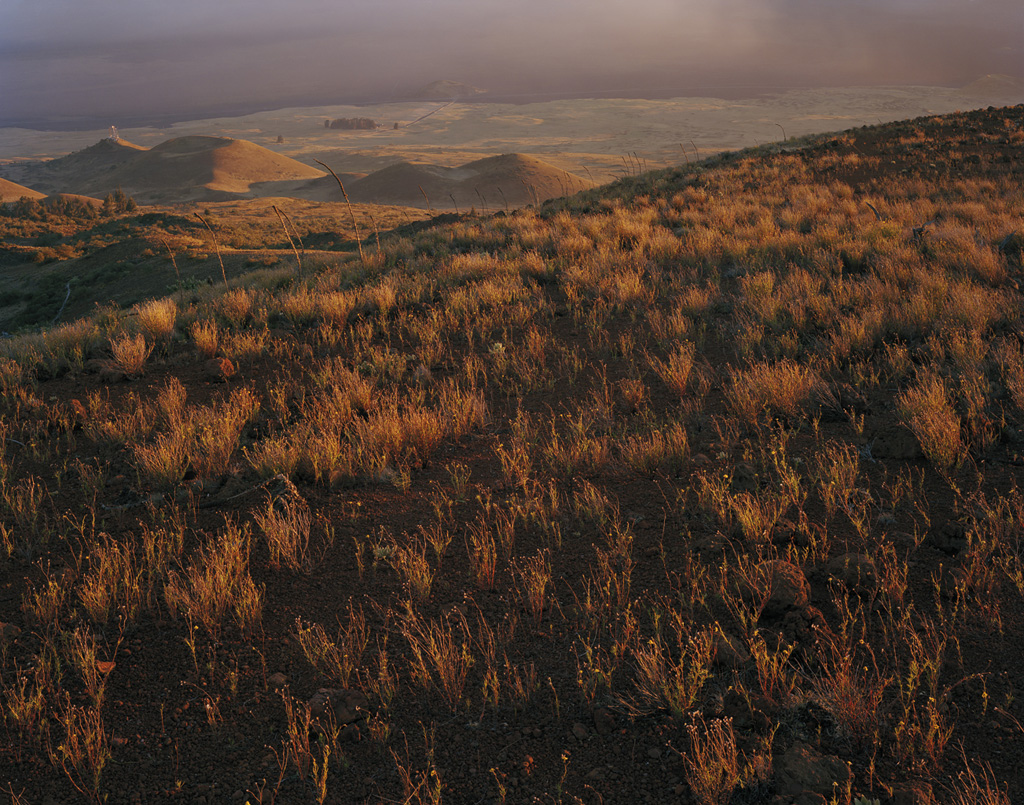
Mauna Kea
This past February, I traveled to Holualoa, a small town in the coffee producing hills of the Big Island of Hawaii. I had been invited to participate as artist in residence at the Donkey Mill Art Center, a community arts space housed in an old farming cooperative. I arrived with broad stroke ideas for my residency, but my intention was to remain open and receptive to the place and those I met.
That notion of place was a recurring and connecting concept during my stay. Over meals and conversations with kupunas, elders from the community, I learned about the history of Holualoa; of families whose relatives had left impoverished Japan in the late 19 th Century under labor contract to work in the island’s sugar cane mills and later homestead small coffee farms in the volcanic hills of the region. I learned of the ghosts who wander subterranean lava tubes, bamboo forests and mountain ridges.
That connection with Holualoa’s past was given further context while working with a group of local teens with whom I collaborated on a series of photographic and video-based portraits. We looked at the history of portraiture in art, brainstormed visual memories, and worked together to compose and create works that connected back to my conversations with the kupunas.
Much of my residency was simply spent wandering and exploring, both in and around Holualoa, but also further afield. I watched the sunset from the Mauna Kea volcano, explored old movie theaters in Honokaa and Hawi, and discovered beach crab holes amidst tiny bits of plastic washed up from the Pacific Ocean Gyre.
During my residency, I stayed as a guest of Hiroki and Setsuko Morninoue. Both renowned artists, the Morinoues, together with their daughter Maki and her husband Geoff, were generous in aloha spirit, knowledge, and participation. Their eldest daughter Miho Morinoue helped facilitate my entire residency at the Donkey Mill and was pivotal in connecting me with the entire community.
Now, as I begin the work of looking back through photographs, editing video, and listening to audio files, I daydream of Holualoa and the smell of coffee blossoms.
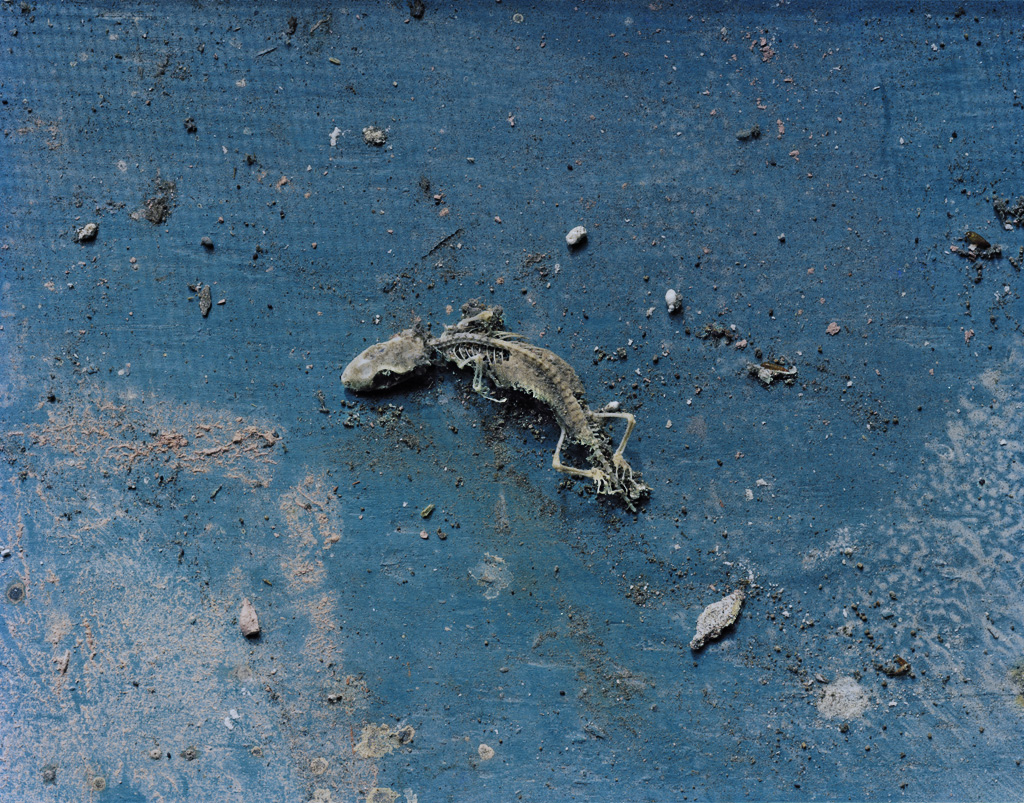
Gekko
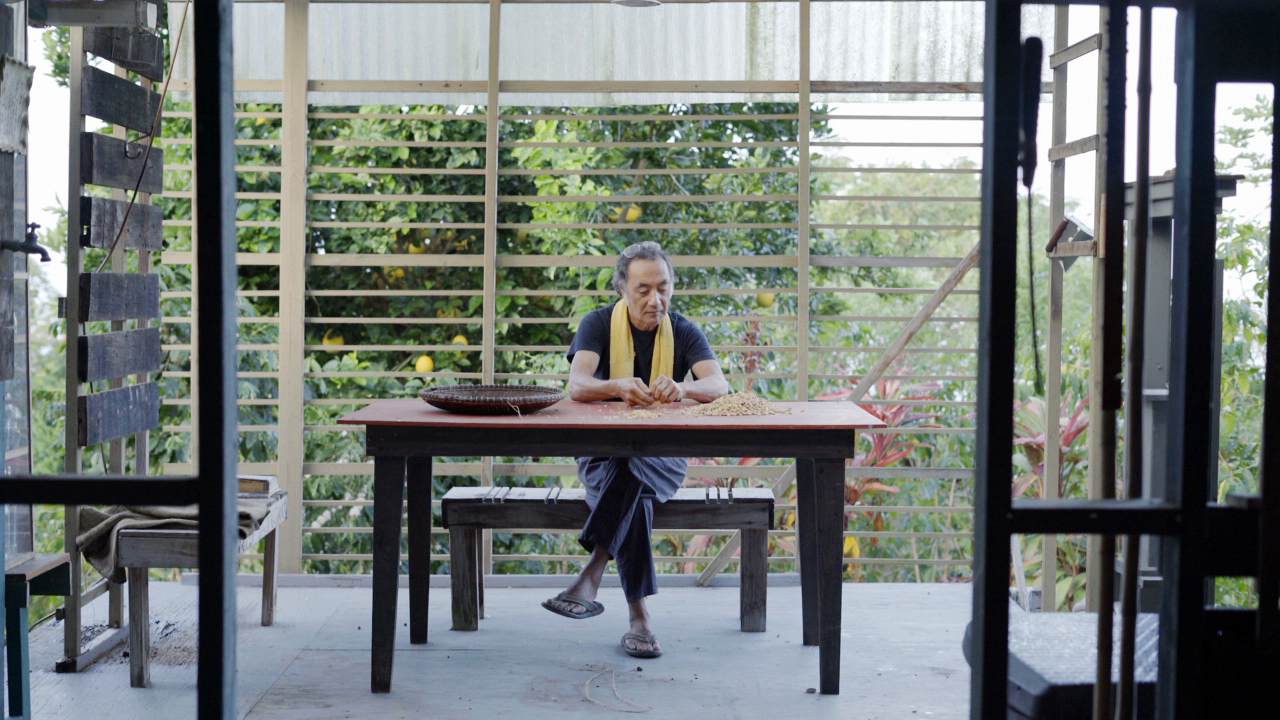
Film Still of Hiroki at the Coffee Farm
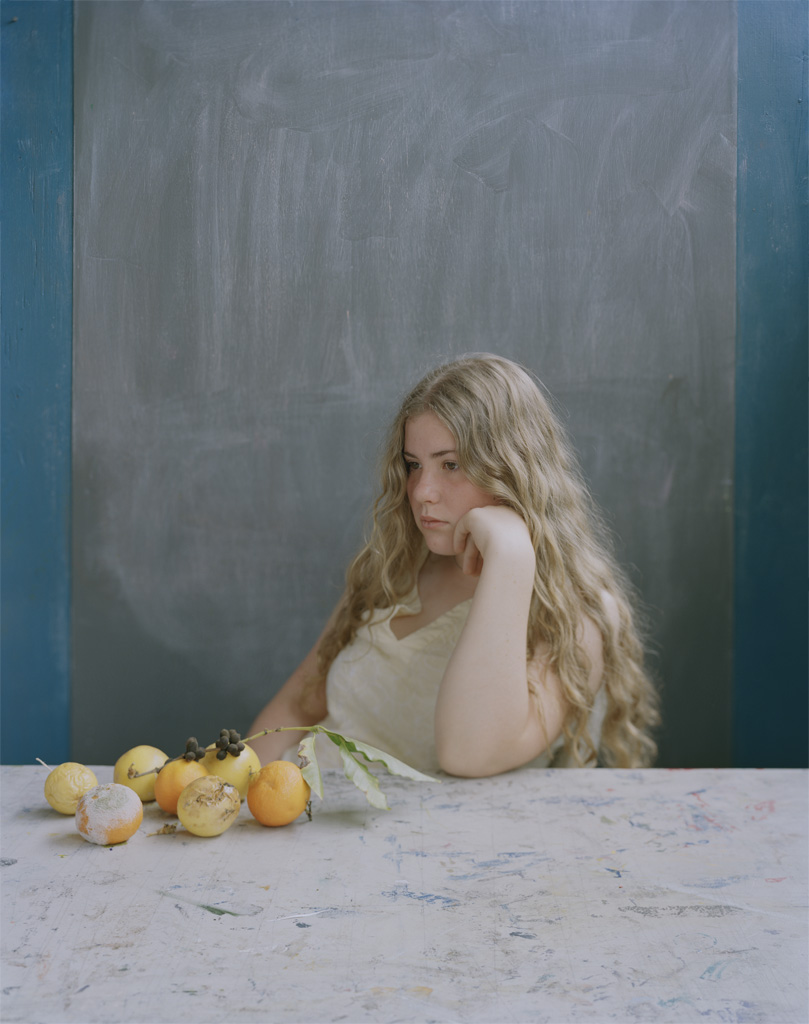
Althea with Rotten Fruit
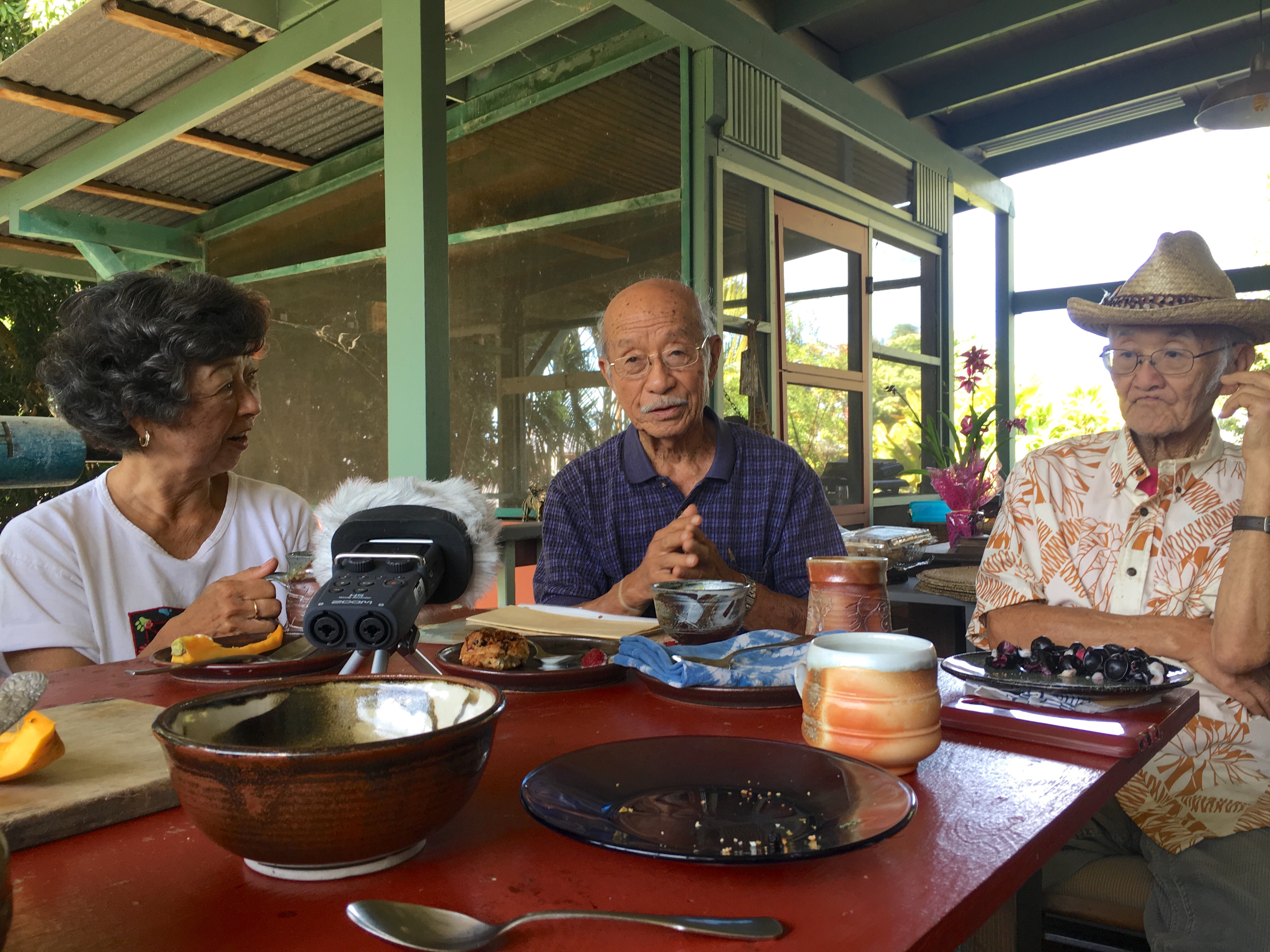
Brunch with Kupunas

Coffee Blossoms
